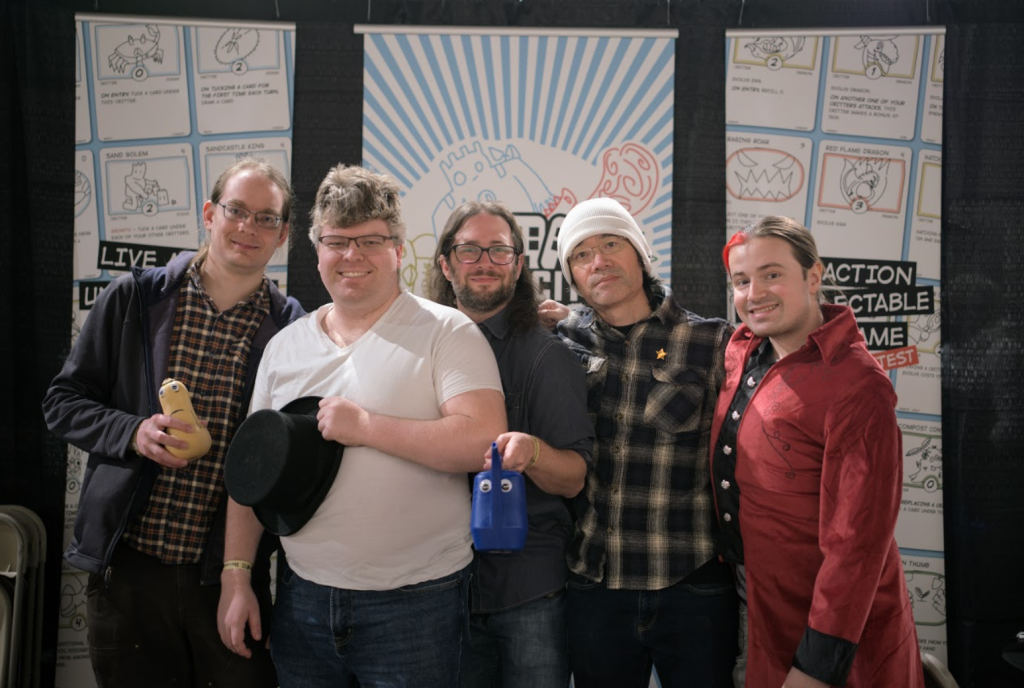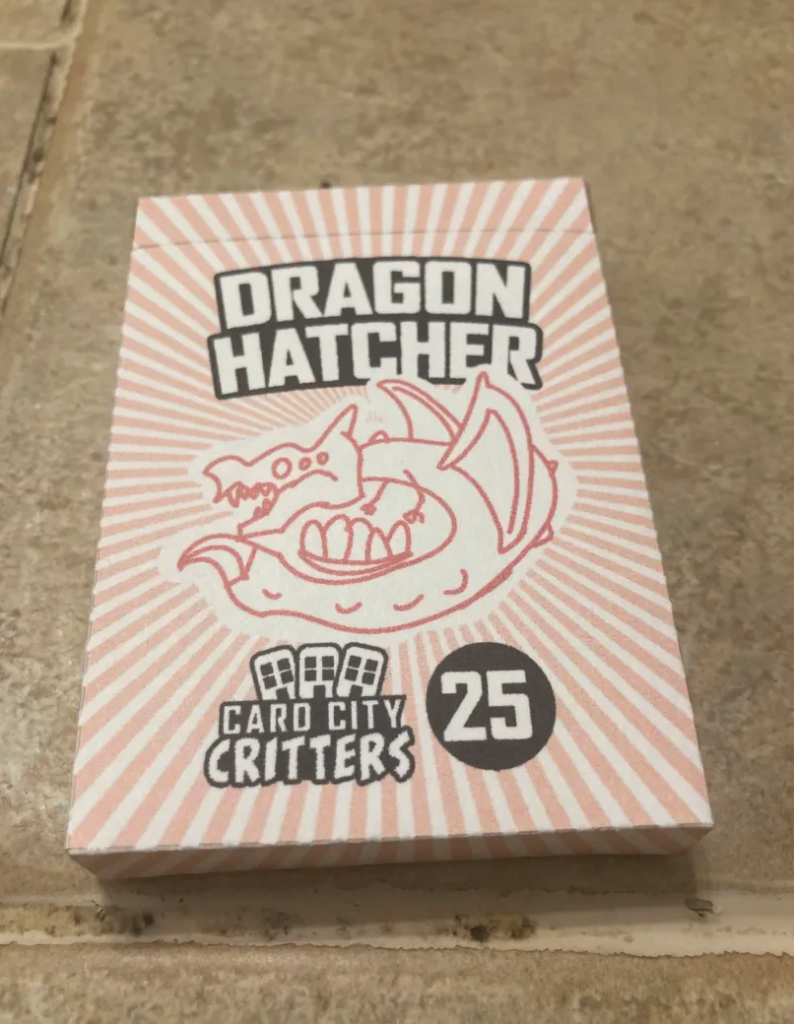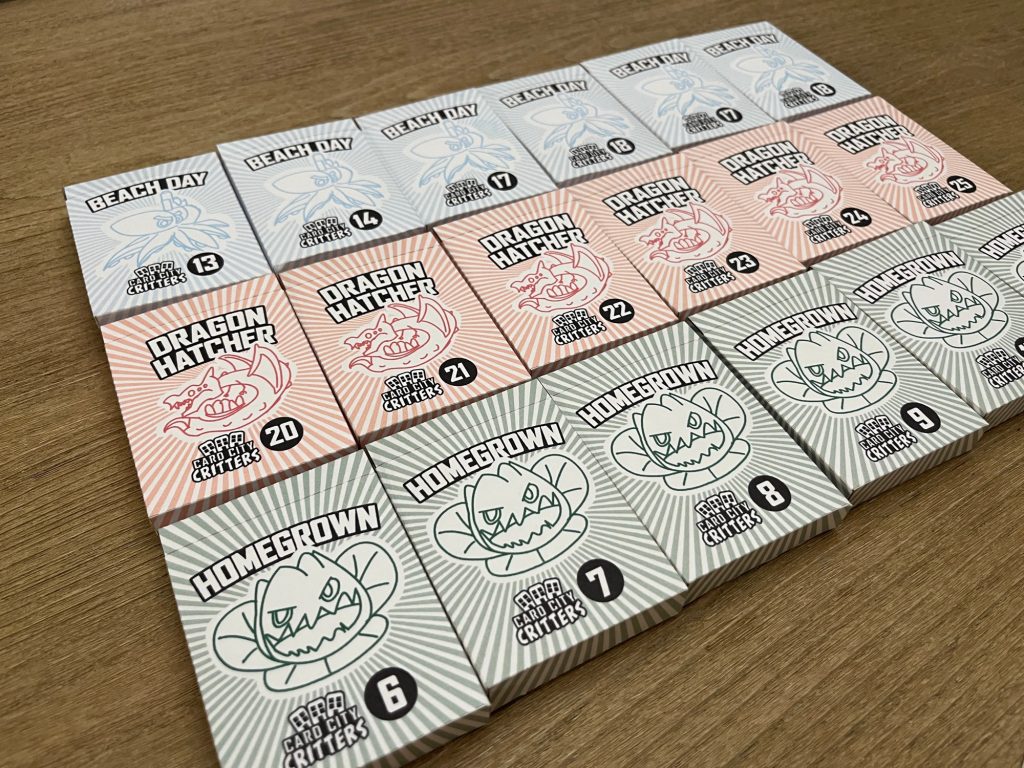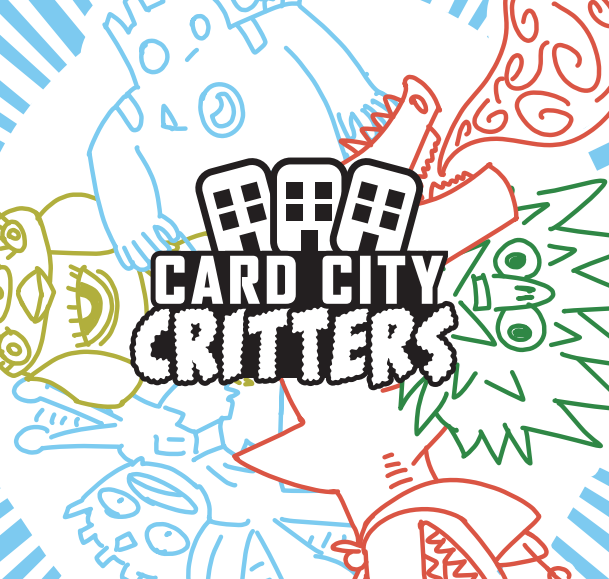As we approach the end of the year, I’m pretty tired. I have a bunch of cool writeups I should finish up (Blue Prince! Omegathon!), and a few posts like my writeup of Horses that could go up, but I’m somewhat hesitant to actually post, because they’re both A) slightly soul scouring and B) I think Horses purely as a video game is pretty banal, and not some sort of incredible and transformative piece of interactive media. Wheels of Aurelia was more innovative in it’s mechanics and narrative.
So while scrounging around for something to talk about, I remembered that I’ve played 100+ hours of Battlefield 6. So lets talk about that real quick.
A quick confession.
I loved Call of Duty. However, just over four or so years ago, I stopped playing Activision-Blizzard games. If that wasn’t clear enough, when Diablo 4 came out, I made some statements that will probably prevent me from ever being invited to certain press events. Really, the kick-off for all of this was when Blizzard censored a Hearthstone player protesting for Hong Kong. I really don’t like it when companies kowtow to authoritarians of any stripes, so I stopped playing their games. No Overwatch. No Starcraft.
But I missed Call of Duty the most. I loved me my stupid gun shooty game, and I’d fire it up every day after work on my travel laptop. There’s some deep think-pieces on the the soft power image control of the military gun violence fantasy, or the jingoistic nature of the campaigns in these games.
I don’t think I’m qualified to write that piece and frankly, I’m not very interested in trying to write it. I didn’t even play the campaign in Battlefield 6, because I’ve never understood why you would play the campaign in one of these live service shooters. I’m just gonna talk about the game as it is for me, which is mostly Call of Duty methadone.
The General Overview
I was gonna joke that I could just copy my Battlebit review across for this part, but I actually can’t. My general take on Battlefield 6 is that once you’re in a game, the general experience is pretty good.
Guns work well. Movement feels good, and a lot of the weird secondary gadgets are quite useful. Maps are mostly even and pretty well designed.
There are definitely weak points. The map pool is a bit anemic, and pretty much every game mode reuses the same maps. I wish the engineer class had a second gadget that was actually useful modes without vehicles.
But once you’re in a game, it’s a good time. Everything that isn’t the game though?
It sucks.
The game is $70, with an in-game cash shop and battlepass. The battlepass has it’s own mini-battlepasses, with timed challenges for maximum FOMO. If there’s a way to make more then 3 loadouts for a given class, I haven’t found it in the labyrinthine menus. Getting the game to even launch for the first time is a pain, not a huge pain, but a pain.
Every update also seems to make the game slightly worse. The most annoying one for me is that helicopters seem to have some sort of animation culling turned on now when they’re far away from me, and given that helicopters are in the sky, they are usually far away from me. It makes it look like a Pokemon game.
Also, now it’s time for the longer set of complaints
Battlefield isn’t realistic, or super memorable.
If there’s anything I’ve learned from reading ACOUP, it’s that I don’t know anything about war. And if there’s anything else I’ve learned, it’s that games will almost always sacrifice fidelity for fun. By default this does not annoy me. When Battlefield 6 added the cash shop, I wasn’t pissed because someone could now play as their fursona, I was pissed because I had already paid $70 fucking dollars for this game.
That said, for a game about high troop number combat, you would think there would be literally any way to meaningfully communicate with the other 28 people on your team. I’m pretty sure modern war isn’t conducted by taking 32 dudes, giving them thousands of dollars in military hardware, and then pointing at a burnt out mall and saying “Go fuck em up!”.
But wait, you say. You say 32, then 28. Those are different numbers. Yes, they are, because you do have voice chat with your squad, but you only have text chat with the rest of your team. I have used the text chat maybe 4 times total. The only time it had any measurable impact was when one teammate was complaining that a challenge was too hard, that they could not overcome it, to which I suggested that “through jesus christ all things are possible”, which was followed by a series of “amens” from other team members.
They managed to complete their challenge.
Side Note: I suspect that the Lord, if real, and in the habit of intervening in the mortal world, has better things to do with their time then help someone get three air vehicles kills in one match, but what do I know.
I also mention this because in 134 hours, it’s the only memorable moment I’ve actually had in game. There’s no building, so there’s no real opportunity for anything clever or tricky, just destruction. It’s a bit of a bummer.
The lack of communication would bother me less if the classes were less obviously synergistic. The assaults spawn beacon is the only reasonable way to make extended pushes across the map, but you can’t push with one person. The engineer is the only class that can reasonably deal with vehicles, but without extra rocket rounds refilled by the support, is going to do have a very hard time doing that. Recon can paint vehicles with it’s gadgets, enabling faster lock-on for the engineer, but without that engineer to followup, it’s pretty much useless. Support enables everyone to do their job better, with extra gadget and grenade usage, but can’t do any of those jobs particularly well on it’s own.
It’s just aggravating for a game where communication is key to have no communication. Now, if I remember correctly Battlebit did have local voice chat, and the result of that was every game started with a cacophony of racial slurs, Free Bird, and Fortunate Son, but at least it was possible shout “Rez me” at someone.
Overall
I personally enjoy Battlefield 6. I don’t really recommend it though. It’s a pain in the ass to get running, it costs too much too much money, it’s lacking quality of life features, and goes hog wild everything that’s bad about modern live service games.
I don’t even think it’s a bad game. I just think you can more better games for $70. For that sort of money, you can go buy Titanfall 2 and Blue Prince, and a lot more if you’re willing to wait for a sale.
Battlefield 6 is that one restaurant in town that’s just a bit too pricey, but no one in your friend group hates. It’s a good place to hang out, chat, catch up, but if anyone could really make a choice, you’d all go somewhere else.


















